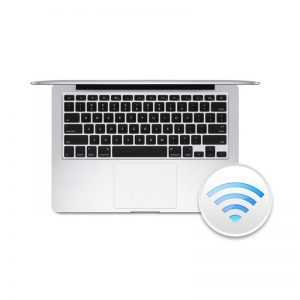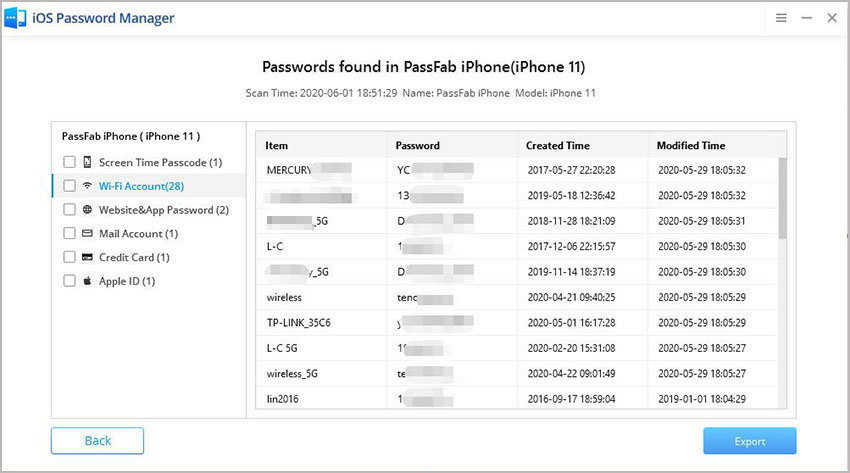

- #How to find home wifi password on a mac 2017 update
- #How to find home wifi password on a mac 2017 Bluetooth
- #How to find home wifi password on a mac 2017 plus
- #How to find home wifi password on a mac 2017 download
Now create a new location by clicking the plus button. The path takes just about a minute, and you’ll be proud to have fixed your Mac Wi-Fi not working, the Apple Genius way. While customizing DNS location has also proved effective in solving even the most bitter Wi-Fi problems on Mac.īut don’t let these geeky terms put you off. The solution described below implies lowering MTU size, which should make your WI-Fi connection less laggy. MTU stands for Maximum Transmission Unit and describes the packet size exchanged via the network (measured in bytes).
#How to find home wifi password on a mac 2017 update
If the update is available, the app will show you the Update button.Ĭustomize MTU and DNS settings to fix Wi-Fi on Mac If you see a red notification badge next to the base name, click it for more details.

Go to the Apple menu -> System Preferences.
#How to find home wifi password on a mac 2017 Bluetooth
Try disconnecting the Bluetooth and see if the problem persists. So one more idea to fix your Wi-Fi not working on Mac problem is to inspect the Bluetooth settings. It’s because both rely on radio frequencies to work. Still no Wi-Fi connection on Mac? Switch off the Bluetoothīluetooth devices often interfere with Wi-Fi, especially if the Wi-Fi signal is weak. If your room allows it, move it right in the center of the room. Your Wi-Fi signal could be lost due to a neighboring network or it is catching a “dead-zone” in your house. Plug your router back in and try to connect other Wi-Fi devices in the room.Īdditionally, try placing your router in a different place. This way you will know if your Mac won’t connect to Wi-Fi because of router issues. Plug off your router and leave it for a minute or two. It removes up to 74 GB of junk files on an average Mac, giving it a spin, just in case. That’s all - and this solution is 100% free and takes no more than a minute.īy the way, CleanMyMac X is pretty much an indispensable tool if you want to keep your Mac clean and junk-free. Go to the Maintenance tab and tick Flush DNS cache.
#How to find home wifi password on a mac 2017 download
Download DNS Flusher (it’s built into CleanMyMac X - get it here).Ģ. To save you from meddling with critical system folders, here’s a quick workaround.ġ. Removing these cache files is helpful when your Wi-Fi slows down at random, or you can’t access certain websites. Flush DNS cacheĪnother way to fix Mac Wi-Fi not working is to flush your DNS cache. DNS service helps your Mac find IP-addresses, much like in a phone book. Did it do the trick? If not, let’s move on to the next step. Disable the "Wake for network access"s option.Ĭheck your Wi-Fi now (cross your fingers).Go to System Preferences > Battery > Power Adapter.Try this simple fix which many users found helpful: In some cases, sleep mode settings are why your Wi-Fi drops off on Mac and wouldn’t turn on again. Wi-Fi won't turn on after sleep mode on Mac If the issue persists, you may consider reinstalling macOS. The path above proved to be a good remedy when the Wi-Fi connection drops off after upgrading to the latest macOS. Turn Wi-Fi on and select your Wi-Fi network again. Now you will have to revisit Wi-Fi preferences (Click Open Network Preferences under Wi-Fi icon). Move these files to a new folder on your Desktop. Select the files listed below (as shown in the screenshot)

Library/Preferences/SystemConfiguration/Ĥ.


 0 kommentar(er)
0 kommentar(er)
